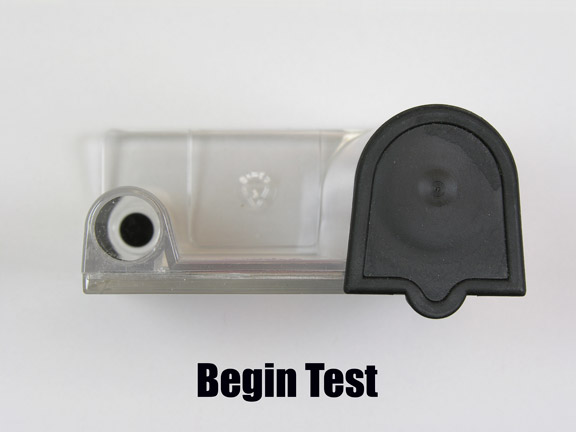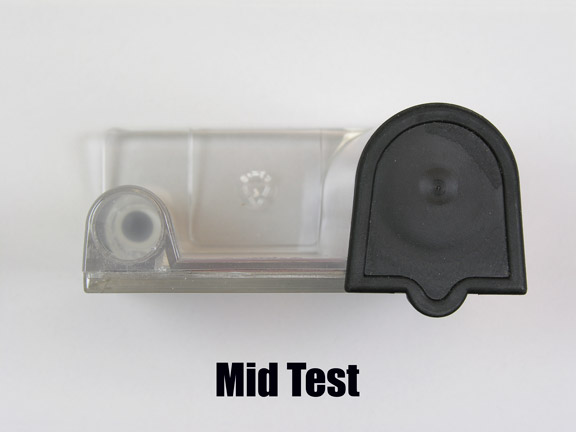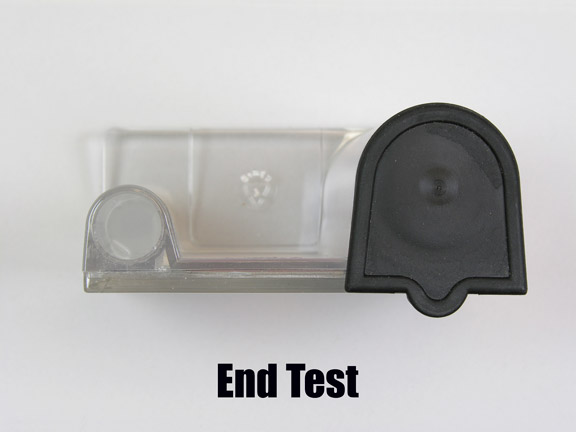Why Monitor Cyanuric Acid?
Cyanuric acid (CYA), also called stabilizer or conditioner, is used in pools and spas exposed to the sun to reduce the rate of decomposition of available chlorine by ultraviolet rays in sunlight.
Stabilized forms of chlorine, such as dichlor and trichlor, contain CYA in their formulas. (calcium hypochlorite, lithium hypochlorite, sodium hypochlorite, and chlorine gas) do not. Outdoor pools and outdoor, uncovered spas that use these non-stabilized chlorines require the separate addition of CYA.
In either situation, it’s important to monitor the CYA level. Too little stabilizer and the free chlorine will not be adequately protected. Too much, and the chlorine can become overstabilized ("locked"), which decreases its sanitizing and oxidizing effectiveness.
Overstabilization tends to occur most frequently in water treated with dichlor or trichlor, particularly if dichlor granules are used for superchlorination ("shocking"). Both dichlor and trichlor are over 50% CYA by weight. Daily application can easily lead to a concentration of 80 parts per million (ppm) CYA. For every pound of trichlor added (roughly two 3" tablets) to 10,000 gallons of water, the CYA increases 7 ppm. For every pound of dichlor added (roughly two 3" tablets) to 10,000 gallons of water, the CYA increases 6‒7 ppm. At this point, action must be taken to avoid reaching overstabilization—partial draining with the addition of fresh water and a temporary switch to unstabilized chlorine for daily sanitation.
When stabilized water is outside of the recommended range for pH or above the ideal range for CYA (7.4–7.6 ppm and 30–50 ppm, respectively), water balance calculations will be notably affected by the total alkalinity concentration unless a CYA correction factor is applied. (See page 14 in Taylor Technologies' Pool & Spa Water Chemistry: A Testing and Treatment Guide.)
Taylor makes water-testing kits that include a CYA test based on turbidmetric analysis. To perform the test:
- Rinse and fill the CYA dispensing bottle to the 7mL mark with sample water.
- Add the Cyanuric Acid Reagent (R-0013) to the 14 mL mark. Cap and mix for 30 seconds.
- Slowly transfer the cloudy solution that develops to the small comparator tube while viewing from the top.
- Stop when the black dot on the bottom of the small comparator tube disappears.
- Check the liquid level on back of the comparator block. The reading indicates a parts per million concentration of CYA.
Note: According to many industry-accepted guidelines, including the Association of Pool & Spa Professionals', the minimum‒maximum range for CYA is 10–100 ppm. However, some health departments limit CYA to less than 100 ppm in public pools and less than 40 ppm in public spas.




